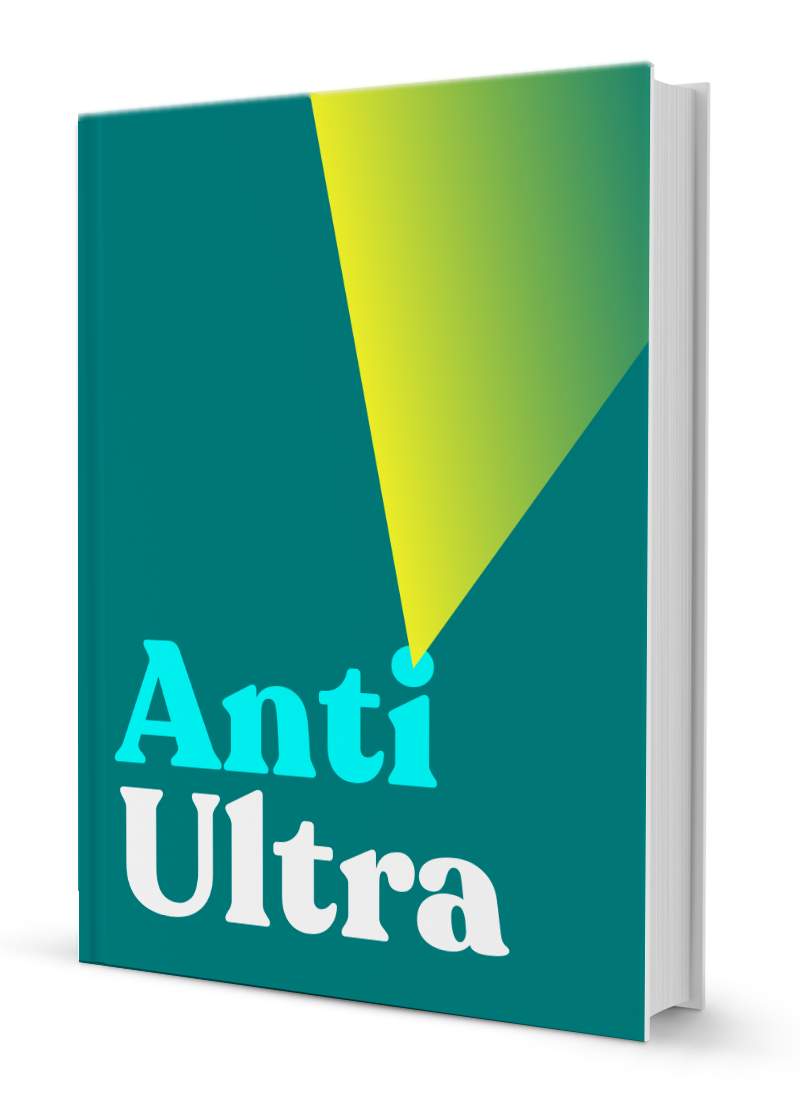


The patient-populations in these studies varied somewhat among each other in terms of different psychopathological diagnostic categories. Typically, only the most difficult cases of chronic alcoholism were selected for study and treatment with psychedelics — patients who had undergone various forms of treatment over the years, including membership in Alcoholics Anonymous, without benefit.
The procedure employed in these studies generally used a single massive dose (200-1500ug) of LSD in one treatment session. In one of the studies the patients had the option of further sessions, if needed. The patients were prepared for the ingestion of the psychedelics through individual psychiatric screening, medical examination and individual and group discussions about the nature of the drug experience. The period of preparation varied from study to study, lasting from two days to two weeks.
The patients spent the day of the session (or 'drug treatment') in the hospital where the drugs were administered. The physical setting was carefully prepared to give the patients a sense of aesthetic enjoyment. The drugs were administered to each patient individually, with trained personnel and one of the researchers in attendance. All the reports emphasized the importance of the investigators' previous personal experience with the psychedelic substances to further the understanding and rapport with the patients.
Interviews were conducted at the height of the drug-experience and following the subsiding of the effects. For several days or weeks after the experience, the patients had an opportunity to discuss their experience with a psychiatrist or in a group.
For an average period of about one year the patients were followed up directly, or through Alcoholics Anonymous, for an assessment of the treatment effects. It should be noted that other forms of therapy such as occupational and recreational therapy, as well as superficial forms of psychotherapy, were employed in addition to the administration of the psychedelic substances. The major emphasis, however, was on the drug experience and was clearly so perceived by the patients.
The results of the treatment were assessed through ratings of the patient’s behavior in terms of the following classification:
| Number of Patients | Much Improved | Improved | Unchanged | |
|---|---|---|---|---|
| Study One1 | 24 | 6 | 6 | 12 |
| Study Two2 | 16 | 10 | 5 | 1 |
| Study Three3 | 61 | 30 | 16 | 15 |
| Study Four4 | 58 | 34 | 7 | 13 |
| TOTAL | 159 | 80 | 34 | 41 |
This table shows the results from the Treatment Control Group which received no psychedelics under otherwise identical conditions5 Numbers in the 'lost' column indicate patients who were lost for follow-up.
| Number | Much Improved | Improved | Unchanged | Lost | |
|---|---|---|---|---|---|
| Group One6 | 35 | 4 | 4 | 9 | 18 |
| Group Two7 | 45 | 7 | 3 | 12 | 23 |
| TOTAL | 80 | 11 | 7 | 21 | 41 |
The authors give various interpretations of their results on the basis of increased “self-awareness” and “self-acceptance” because of the drug experience. More research is needed to validate further the effectiveness of the psychedelic substances in the treatment of chronic alcoholism. But the beginnings, as reported above, seem very promising.
This article originally appeared in Psychedelic Review, Issue Number 2, 1963. It was lovingly transcribed here by volunteers at The Castalia Foundation.

